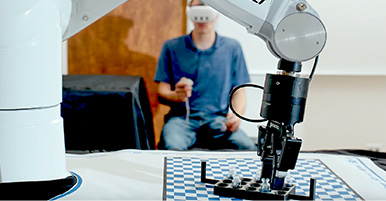Citation
S. Chiba, M. Waki, K. Masuda and T. Ikoma, “Current status and future prospects of electric generators using electroactive polymer artificial muscle,” OCEANS’10 IEEE SYDNEY, 2010, pp. 1-5, doi: 10.1109/OCEANSSYD.2010.5603972.
Abstract
The type of electroactive polymer known as dielectric elastomers has shown considerable promise for harvesting energy from environmental sources such as ocean waves, wind, water currents, human motion, etc. The high energy density and conversion efficiency of dielectric elastomers can allow for very simple and robust “DIRECT DRIVE” generators. Various types of energy harvesting generators based on dielectric elastomers have been tested. For example, buoy-mounted generators that harvest the energy of ocean waves were tested at sea for two weeks. Each generator uses a proof-mass to provide the mechanical forces that stretch and contract the dielectric elastomer generator. Those generators operated successfully during the sea trials. The buoy-mounted generators will be scaled up to produce larger amounts of power. The use of significantly larger amounts of dielectric elastomer material to produce generator modules with outputs in the MEGAWATT at range is being investigated for application to ocean wave power systems.
Keywords: Generators, Polymers, Power generation, Dielectrics, Muscles, Power systems


